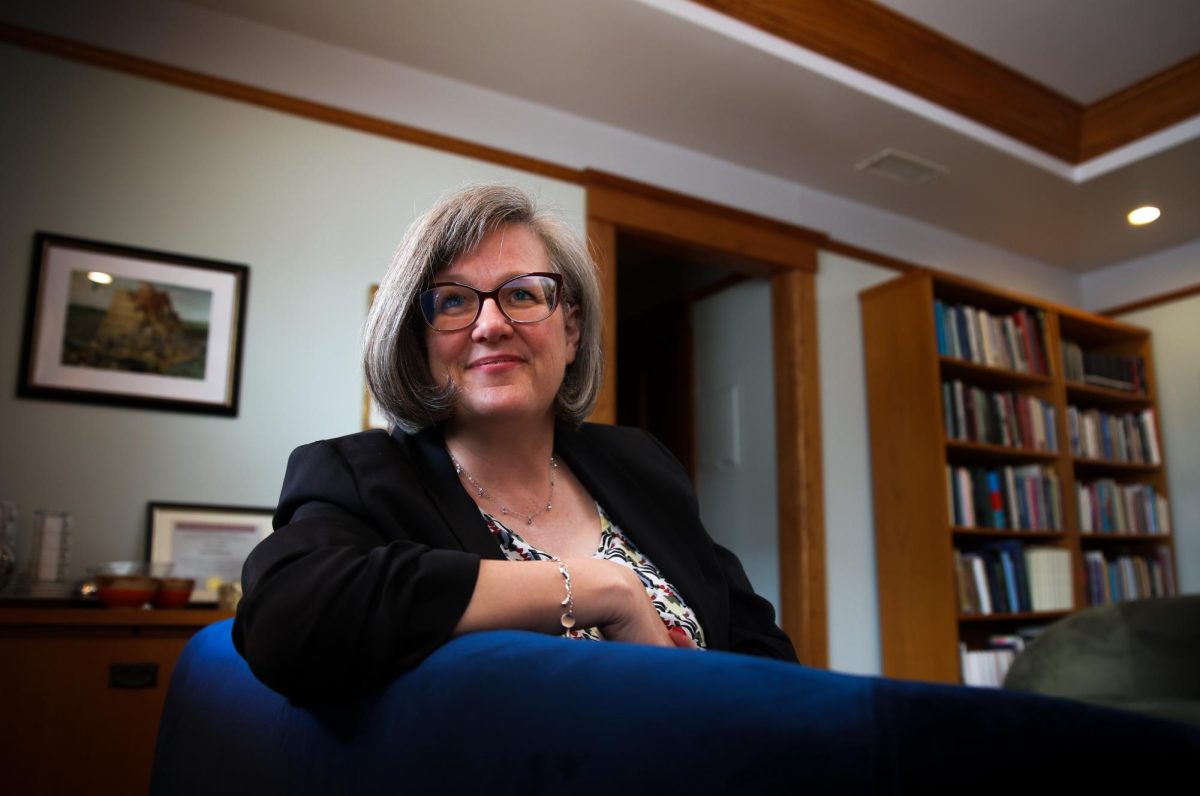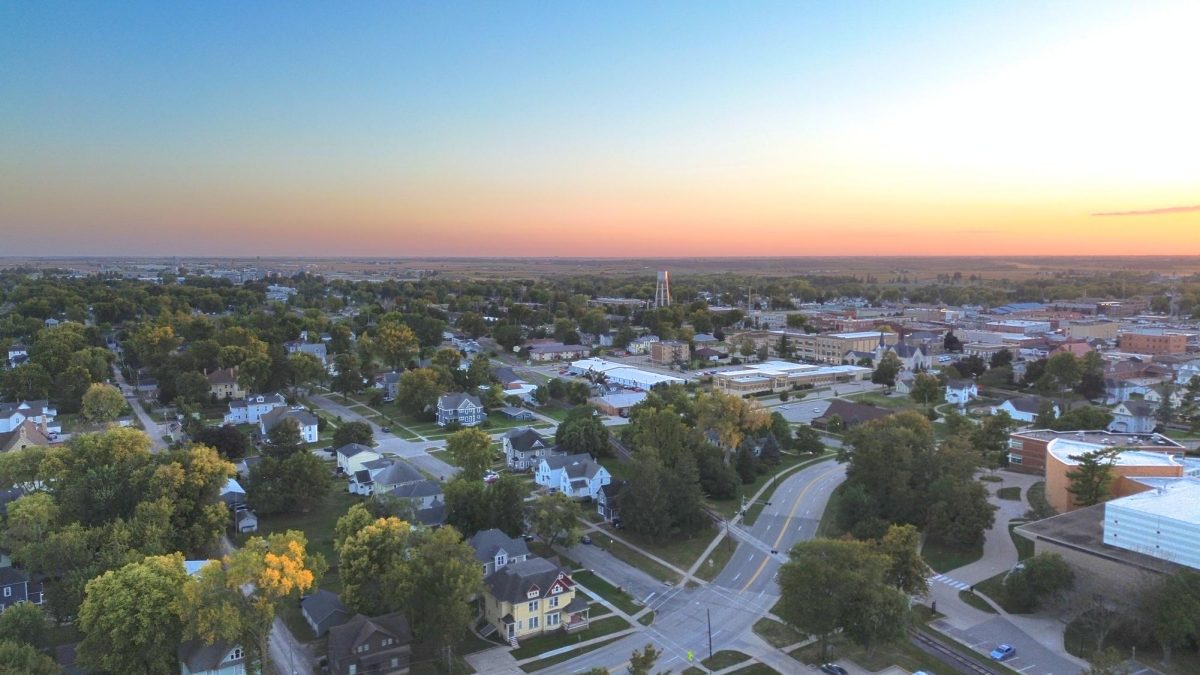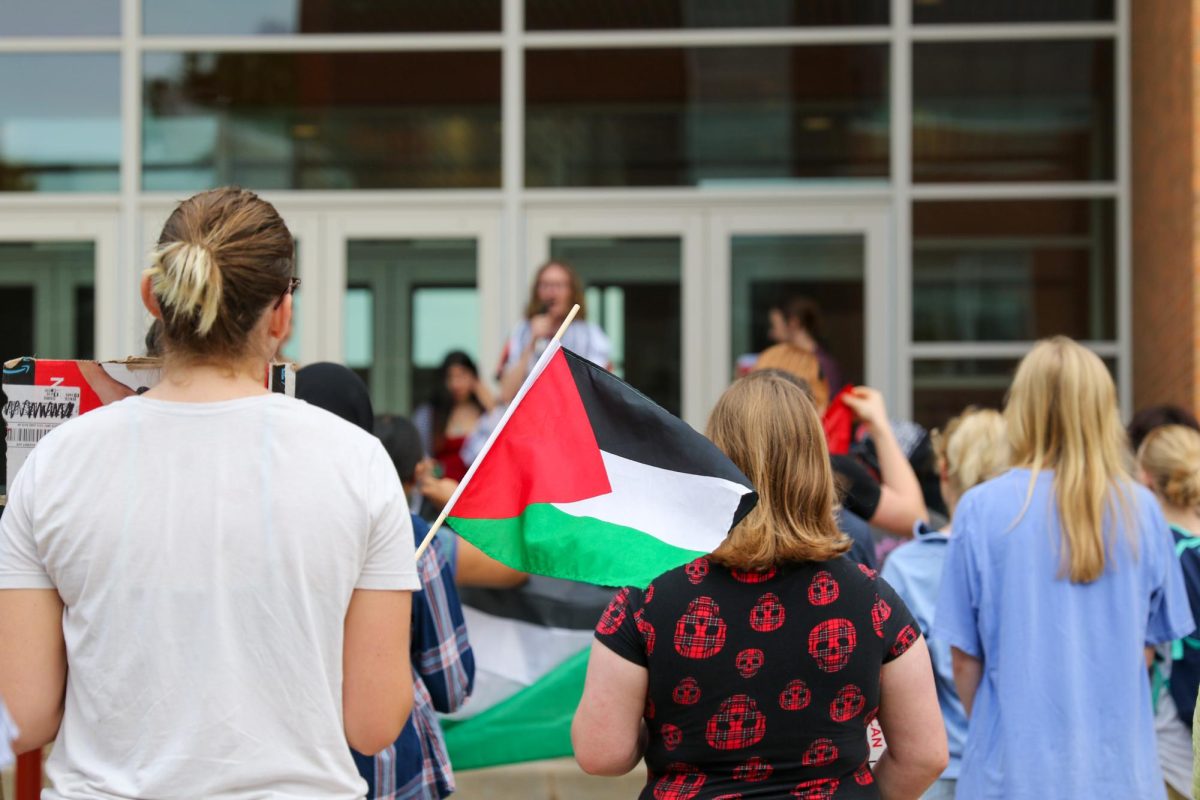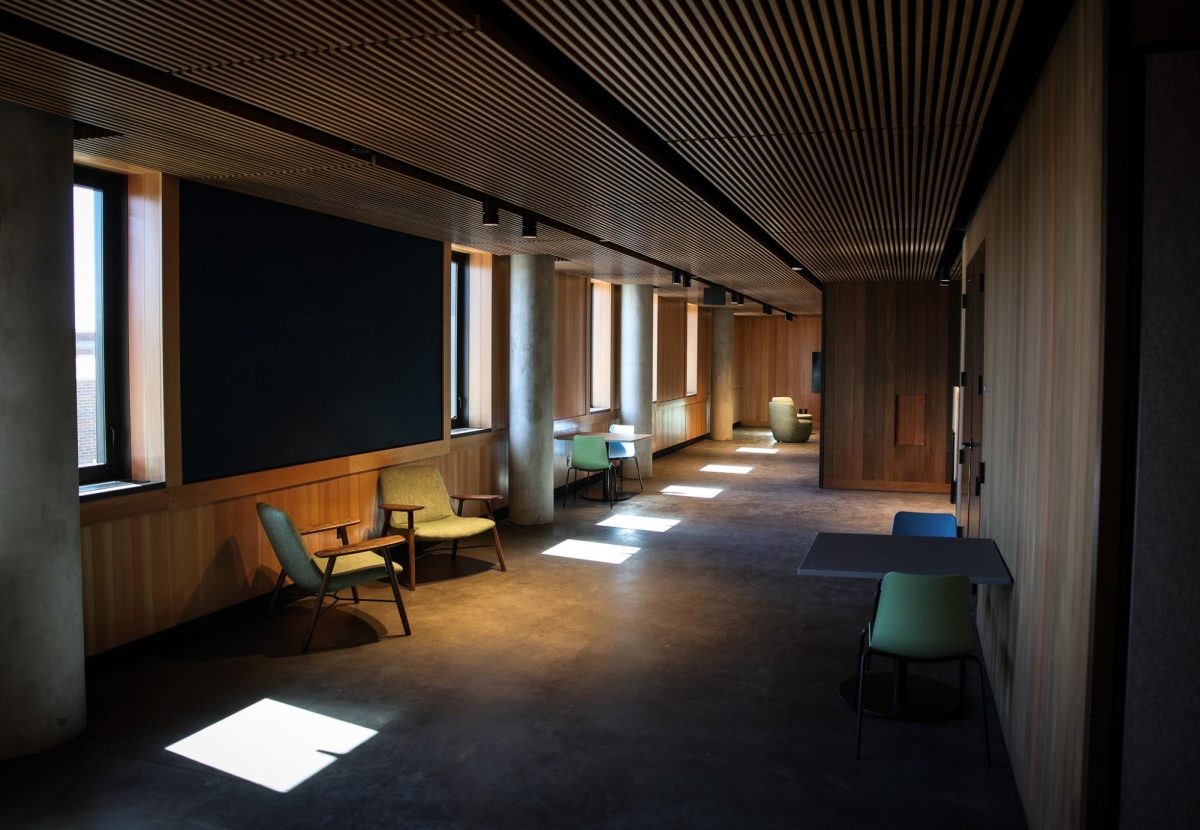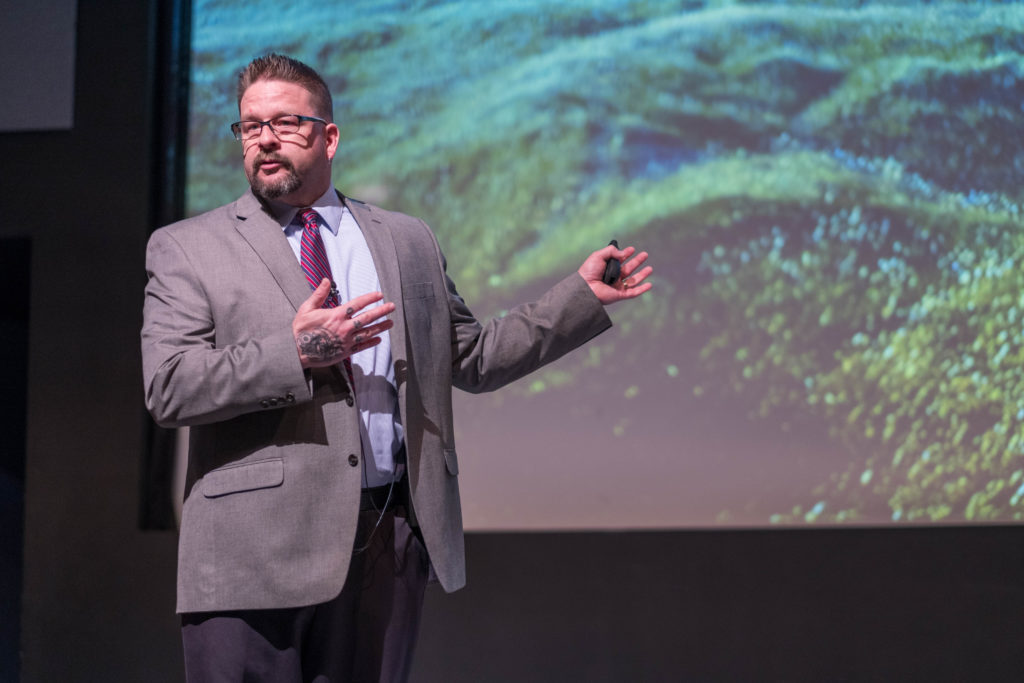
Kevin Gannon, professor of history at Grand View University in Des Moines, spoke in Harris Cinema about the social and historical construction of race on Thursday, March 2. In addition to his teaching position, Gannon is director of The Center for Excellence in Teaching and Learning, and he also travels around the country to speak about topics related to education and history.
Gannon began his talk addressing the concept of ‘self’ and ‘other’ in Western philosophy. “[There’s] this idea that there is us, and it’s always somebody who is part of us talking about who ‘us’ is, and then there’s everybody else,” Gannon said regarding a quote from Aristotle on Greeks and Barbarians.
Exploration of the Americas and Africa in the 16th and 17th centuries sparked an identity crisis for Western Europeans. During this time, the Enlightenment created an “urge to categorize, and to put order, and to assign the faculties of reason to human existence.” This urge for categories, combined with traditional notions of self and other, led thinkers of the day to sort people by appearance, thus creating ‘race’.
To Europeans, the New World was a blank canvas on which to test popular Enlightenment philosophies. The concept of property especially occupied a central position in 17th century thought. In the Americas, slavery was part of this debate.
“So Locke, in order to make [his] set of ideas work, to speak to the current European reality in the 17th century when he’s writing,” needed to accept the reality of slavery. “When Locke is talking about property, he is talking about property … not just land, but property in the slaves.”
Gannon then talked about various European attempts to prove race theologically, philosophically and scientifically. A variety of theories regarding white supremacy were proposed and widely accepted, from the mistaken physics of light to the pseudo-science of phrenology. White supremacy also sat well with Greco-Roman ideas of self and other.
“It is a story that becomes a very compelling narrative for people who are primed to hear it,” he said.
The construction of race, according to Gannon, was heavily influenced by an intent to justify taking land and liberty away from Africans and Native Americans. “When we talk about things like race … we should really talk about racism.”

It was also a way for Europeans to make sense of their newly realized position in a globalizing world. “The story of ‘racing,’ of giving race to people, is a story of our conceptual understandings and the way that we describe our identity. Our conceptual understandings depend upon their opposites to make sense.” In the Enlightenment and onward, Europeans viewed blackness as the opposite of whiteness.
Today, the construction of race persists. Gannon showed statistics highlighting the remarkable racial inequality that still plagues our schools and criminal justice system. These, he argued, can be linked to legal loopholes used to continue systemic slavery even after the 13th amendment, which officially abolished the practice, was adopted.
“If we don’t think about it as a society consciously, and for those of us who identify and are identified as white, this is particularly on us … we will remain trapped in [these] structures,” Gannon urged. “Structures of inequality will always reproduce themselves, until we actively intervene.”



















































